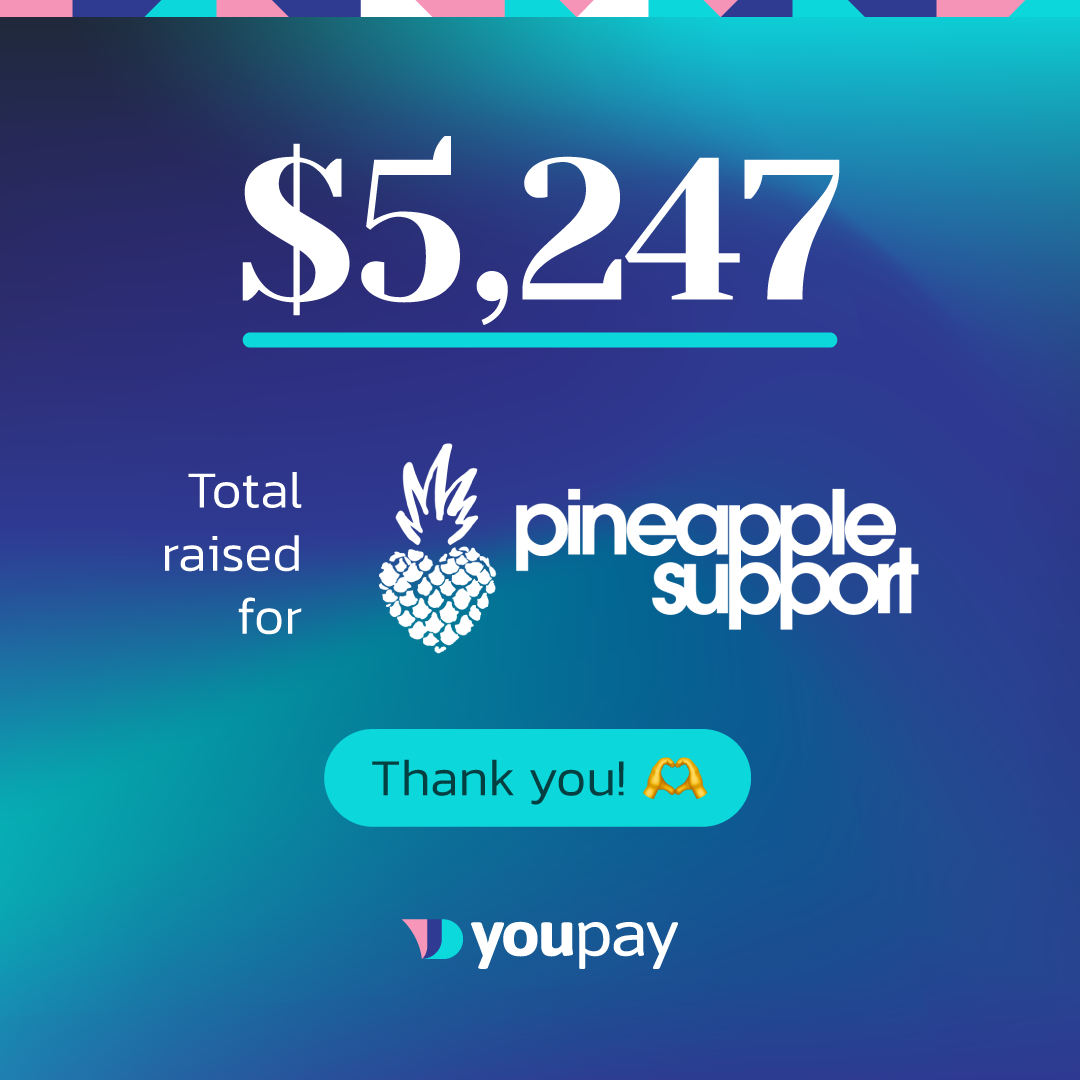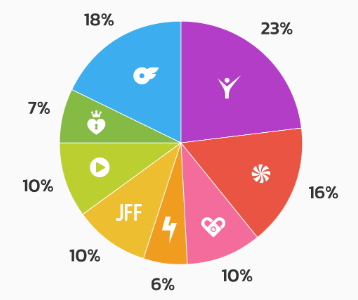Overcoming the current challenges facing charities
In many ways, fintechs are made to help people in need. Companies like Square, Mercado Libre, and M-Pesa make financial products more affordable and accessible. They’ve improved billions of lives.
As there are now more than 3.5 billion smartphone users across the globe, fintechs are helping people in need on every continent. Fintech has been especially impactful in countries where there is a large unbanked or underbanked population, such as India, Kenya, and Brazil.
While fintechs are innovating successfully, as the recent bushfire crisis in Australia highlighted, charities are facing many challenges. Despite their noble intentions, they still face many real-world challenges.
In this article, we examine how our new financial technology can help charities overcome those obstacles and make an even greater impact.
YouPay lets you pay for someone in need. If they send a link with the item they need, you can pay for it with a click. It’s 100% free for charities.
Current challenges faced by charities
As the Australian bushfires wrought havoc across the country, thousands upon thousands of Aussies wanted to help. They opened up their wallets and their pantries to support those in need. However, these Aussies and the charities they donated to face ongoing challenges. Moreso, they exemplify a set of concerns seen across the entire charity sector.
1. Restrictions preventing donations from going to where they’re needed most
Comedian Celeste Barber set out to raise $50,000 for the NSW Rural Fire Service and Brigades Donation Fund. The response was incredible. With support from “The kids who smashed their piggy banks open” to “Single mums that gave what they could”, they raised $51.3 million.
As the donations soared past $50,000, people assumed their donations would be spread out across a range of organisations to help all of those in need. However, courts ruled that the money could only go to the charities initially nominated. Despite the donor’s intentions, laws prevented the funds from going where they would make the greatest impact.
2. Public hesitation to donate money
The unwillingness of individuals to donate money directly to a homeless person because they worry about how they will spend it has been well documented. However, that attitude is spreading beyond individuals and towards the entire charity sector.
In response to the fires, the Red Cross collected $216 million, St Vincent de Paul accepted $22.9 million, and the Salvation Army received $43 million. While most fires were contained by mid-February, half of those donations were yet to be distributed to those in need by June—$111 million, $22.4 million, and $13.5 million respectively.
As many of the victims were living in tents and caravans as they waited for assistance, the NSW Emergency Services Minister David Elliott said, “This is not a time for us to delay, particularly while people are hurting so much.” With charities taking a long-term approach to distributing the donations, it isn’t only making people more reluctant to ask for help—it’s making people more hesitant to donate in the first place.
3. Inability to process food and clothing donations
It’s natural for people wanting to donate actual goods, especially given the above issues with money. When you give a specific item, you know how it will be used. It’s more personal too.
However, during the fires, there were so many food and clothing donations in Victoria that the Premier actually had to ask for people to stop donating, “We don’t need any more clothes, food, trucks on our roads, we don’t have the warehouse capacity, the people or the time to sort through.”
The issue isn’t that charities don’t want food and clothing, it’s that they can only accept a given amount of the same item. More to the point, collecting specific items in short-supply has proven the most challenging.
Overcoming those challenges with YouPay
Firstly, what’s YouPay? YouPay is a safe, secure, and free way to let someone else pay for you. In the case of charitable donations, it lets you pay for somebody in need.
As smartphones, tablets, and computers have become universal, they create an easy way for charities and individuals in need (recipients) to communicate directly with public and private benefactors (payers)—requesting exactly what they need.
Here’s how YouPay can help charities and people in need:
- The recipient selects items they need.
- The recipient shares the YouPay link with the payer.
- The payer checks and approves the purchase.
- The payer makes the payment.
- The order is shipped to the recipient.
That’s how YouPay works. But it’s the impact we make that matters most. Charities are already doing incredible work. If we can make the process 1% better it will still make a massive impact. Specifically, we believe YouPay can help overcome the three key obstacles outlined above.
1. Ensure donations go where they are needed most
When you donate using a YouPay link, you’ll know that you’re donating something they really need, right now. For example, if the NSW Rural Fire Service required 50 breathing apparatus, they could create 50 links and individuals could pay for them directly. Once the Rural Fire Service received everything they needed, individuals could focus on helping other organisations and people in need.
2. Give directly without the need for cash
With the issues surrounding financial donations, many people want to donate items directly. This is easy with a YouPay link. A charity or individual selects what they need and shares a YouPay link with people looking to help. For example, during the bushfires many affected people wanted to build themselves a shed immediately. It would have been easy for donors to pay for the materials they needed.
3. Ensures people in need get exactly what they require
While charities had stopped taking general donations of food and clothing during the bushfire crisis, they were still requesting specific items, including bottled water, UHT milk and pet food. A YouPay link would help charities to collect the exact items they are short of. Furthermore, a family in need could request a hamper of grocery items and another family could directly pay for it.
Aussies will always be there to help out their mates. What is more, 21st-century technology allows us to have a much larger impact on the lives of many more people—regardless of where they live.
We hope charities can leverage our technology to help those in need, in Australian and across the globe. Needless to say, YouPay is 100% free for charities.








